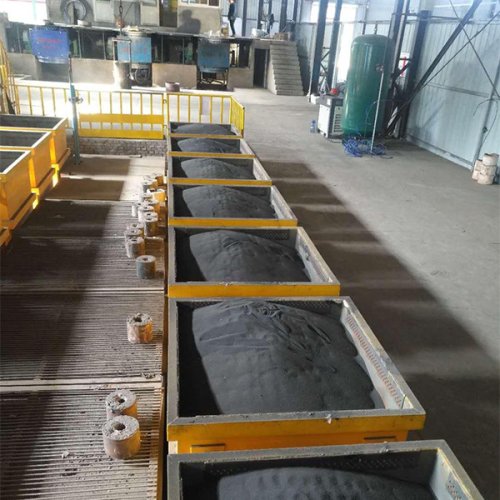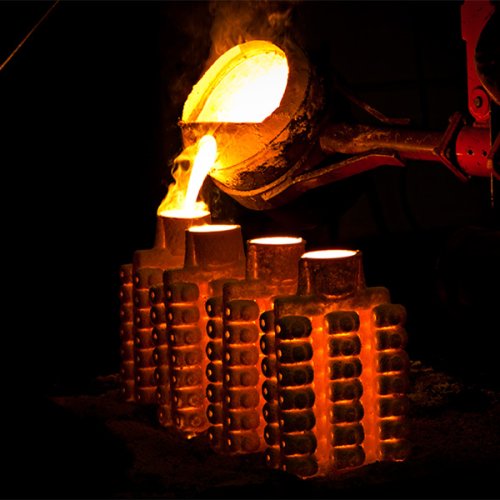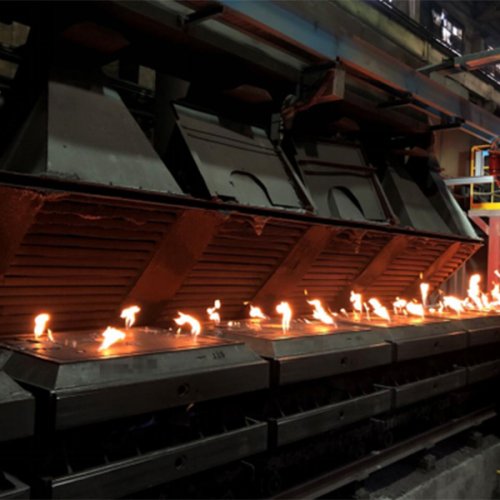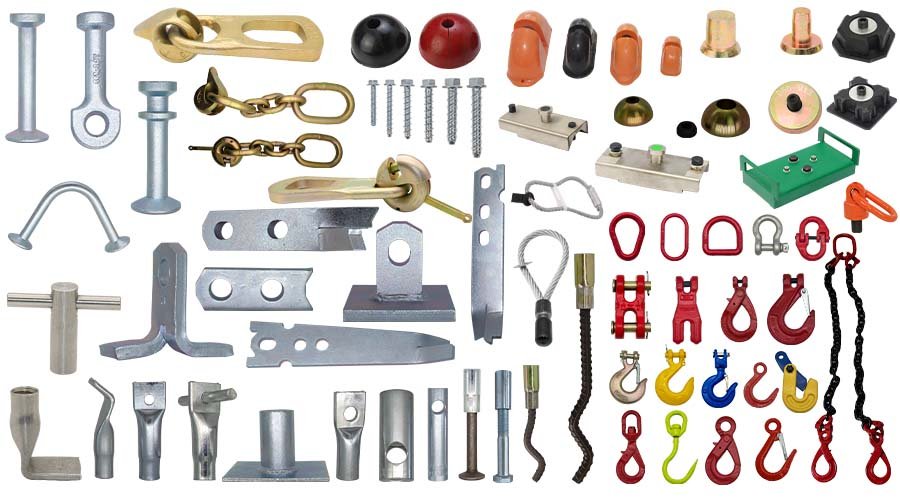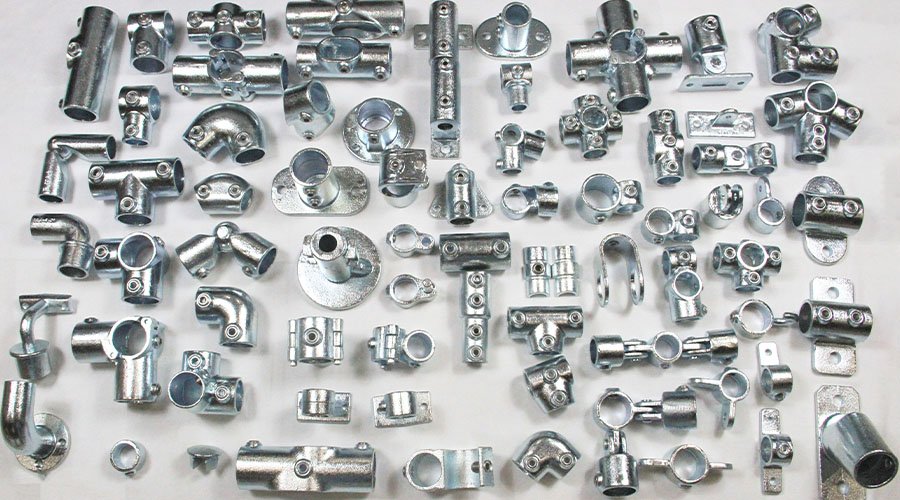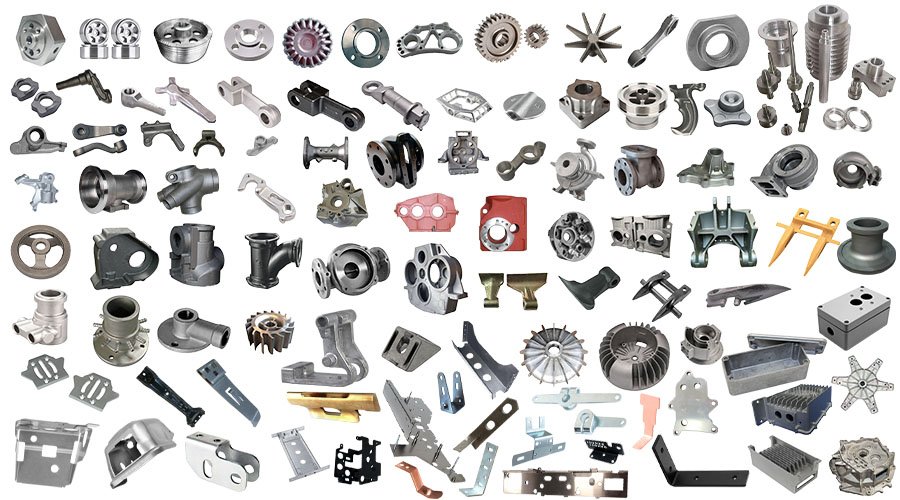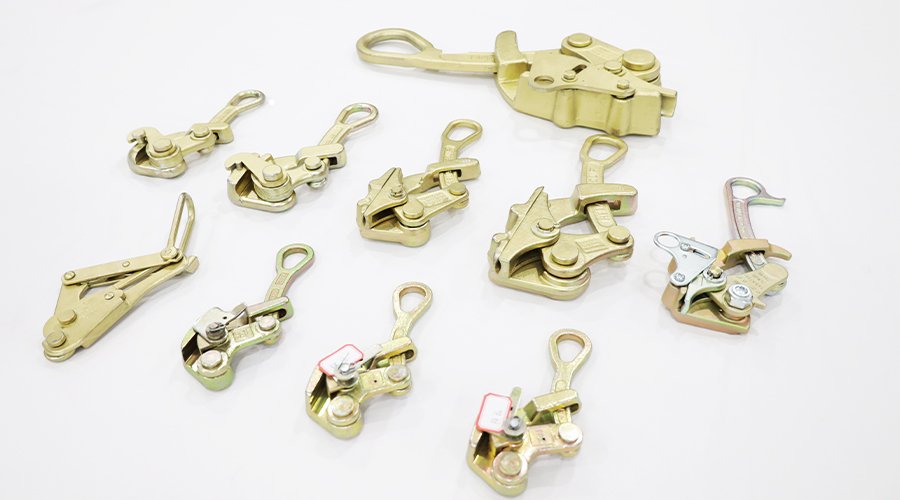High-quality custom metal parts made through advanced casting techniques. Examples include pump housings, valve bodies, automotive brackets, gear blanks, and architectural fittings. Each part is precisely formed to achieve the required strength, weight, and performance standards. Our casting solutions allow for complex shapes and varied materials, from aluminum and steel to brass and iron, ensuring durability and design flexibility. Explore how custom-cast parts can enhance functionality and value across multiple applications.

 EN
EN RU
RU


